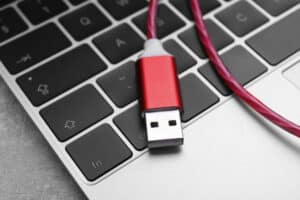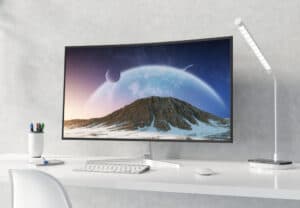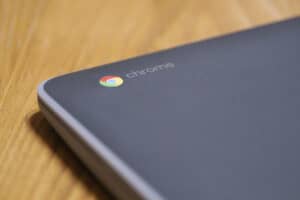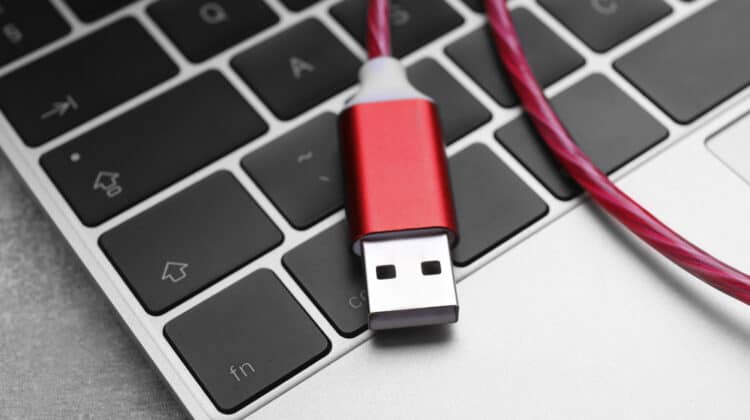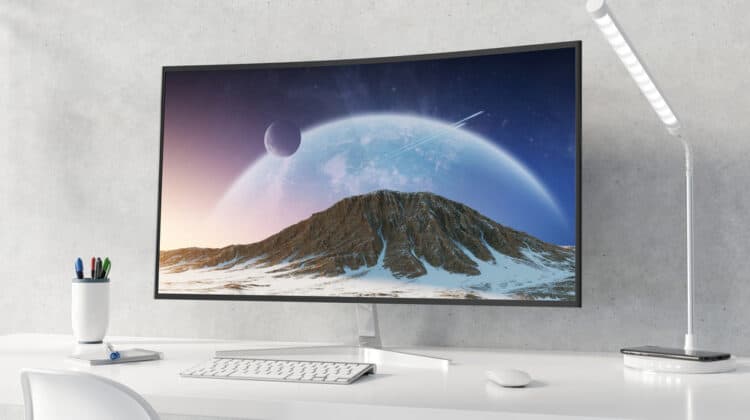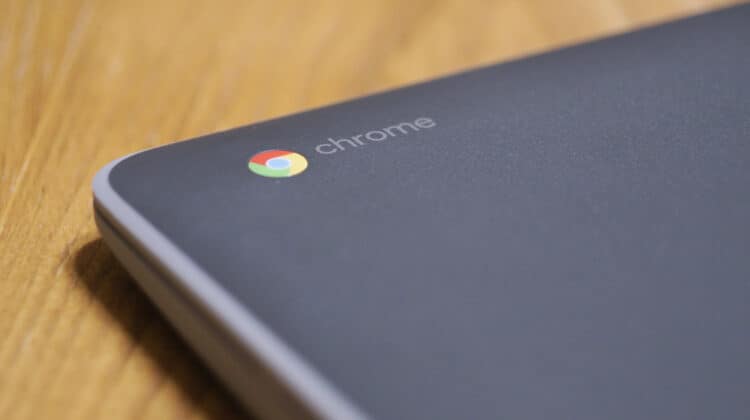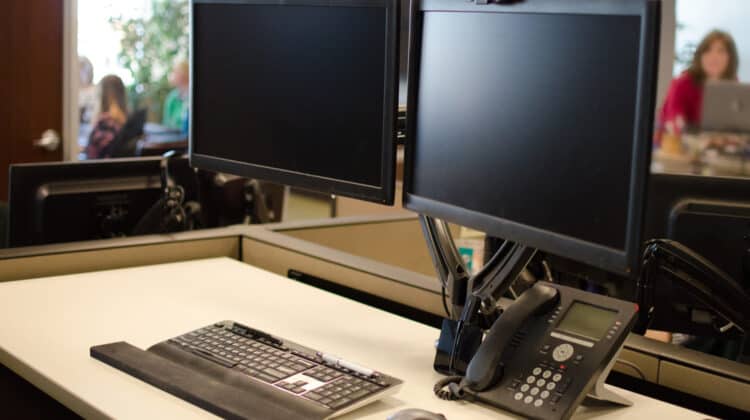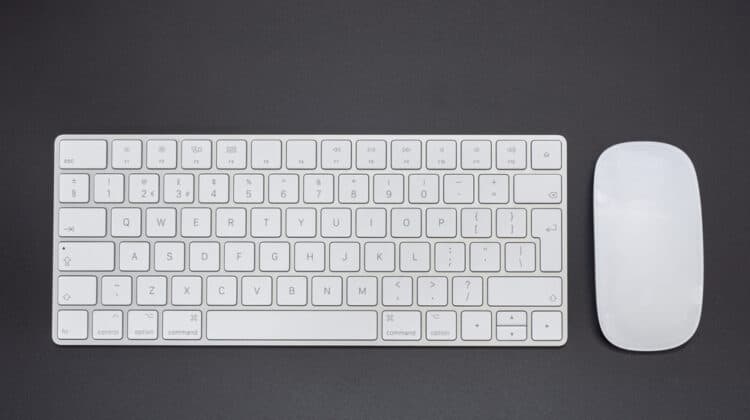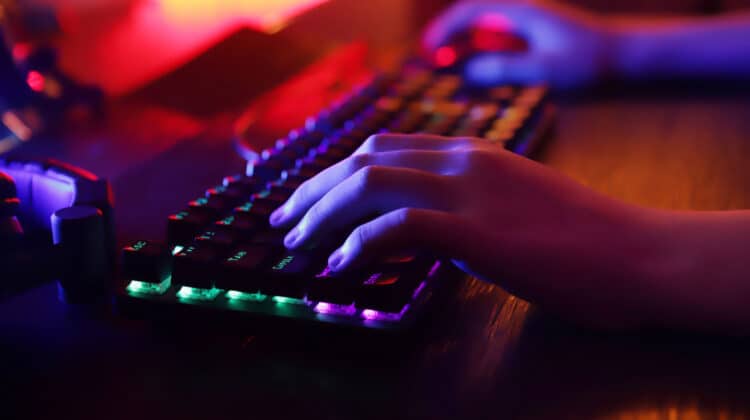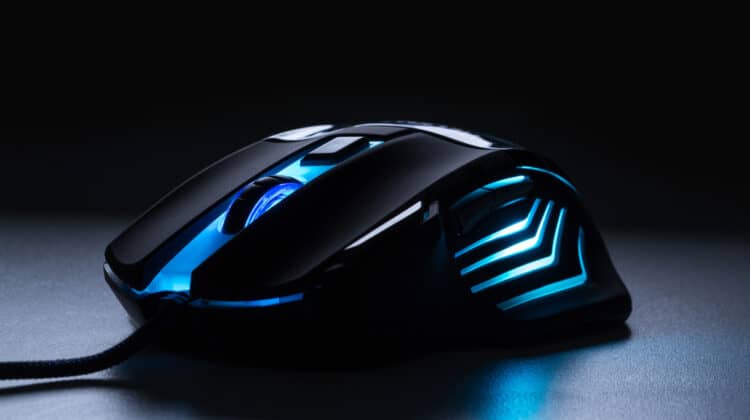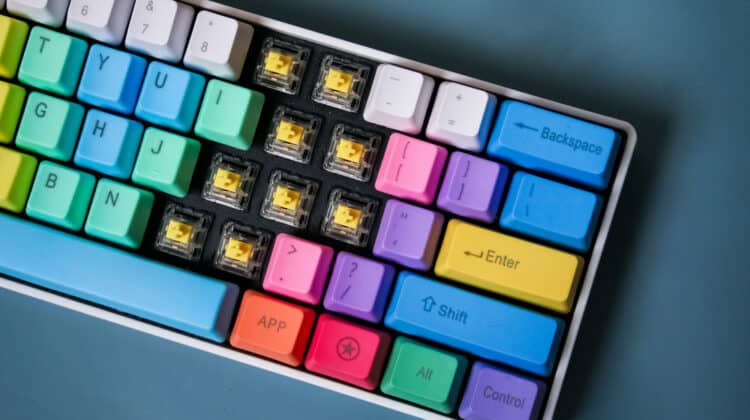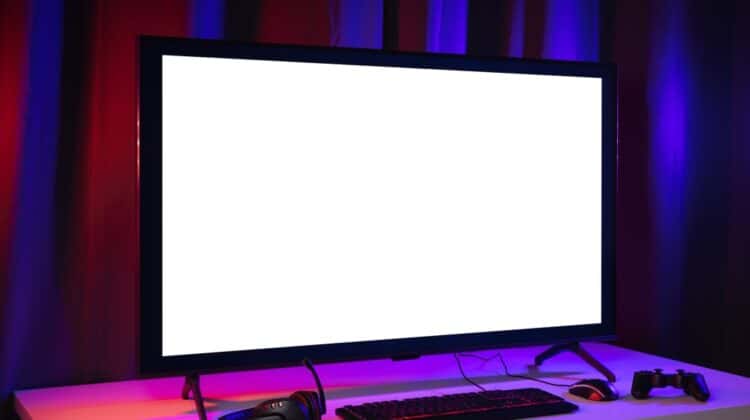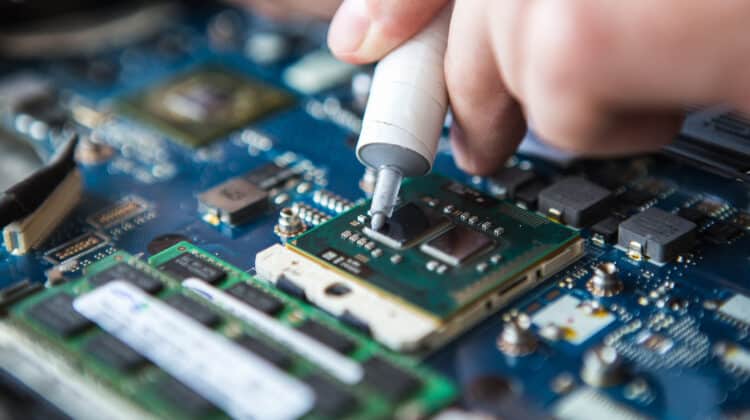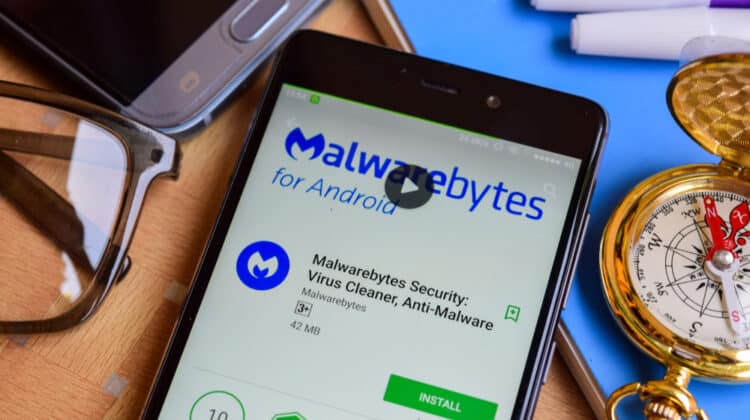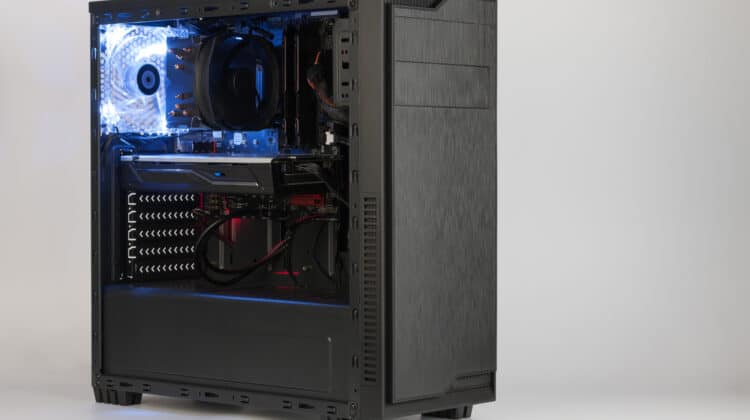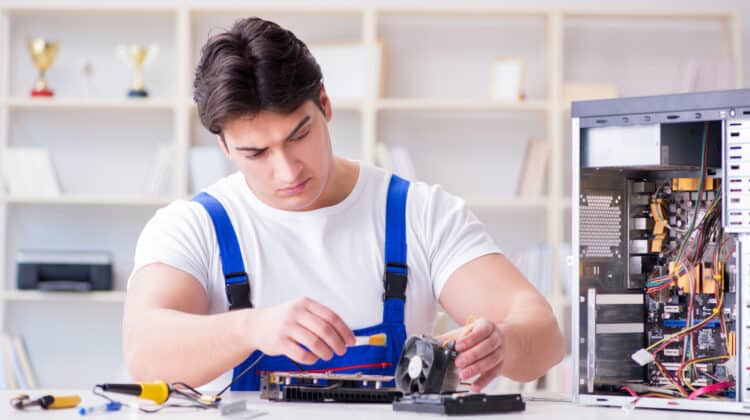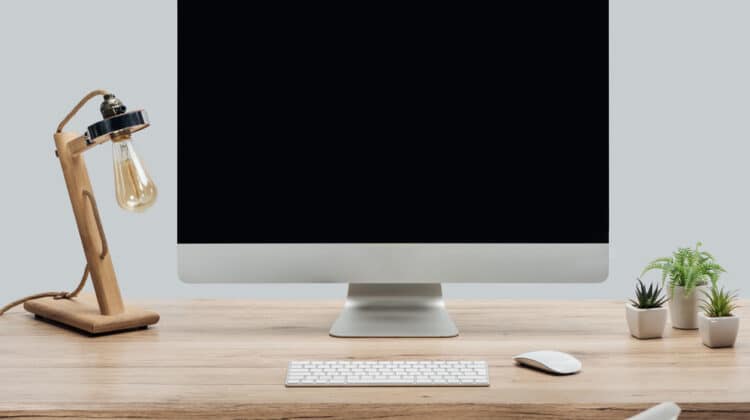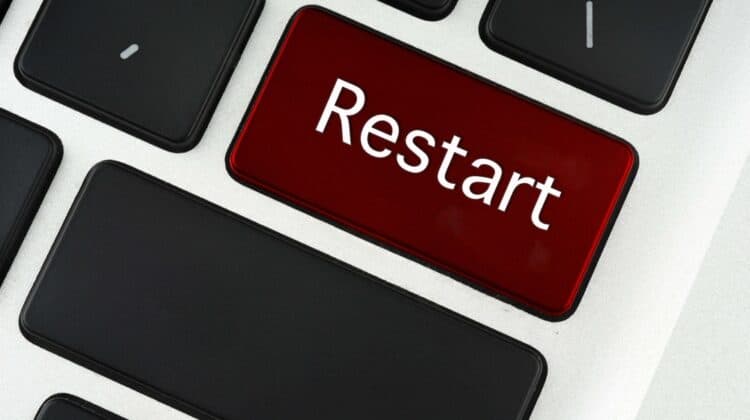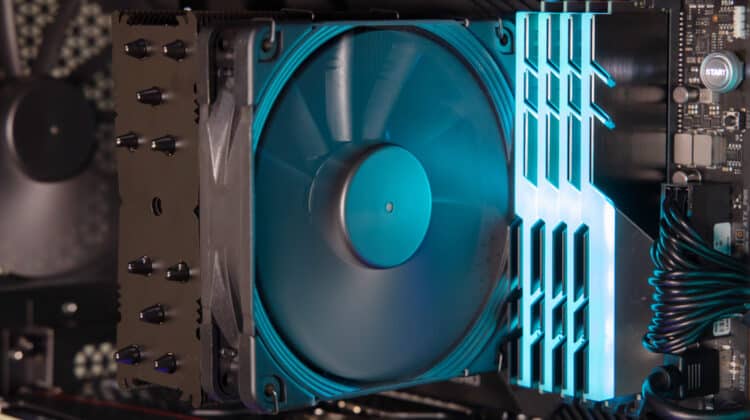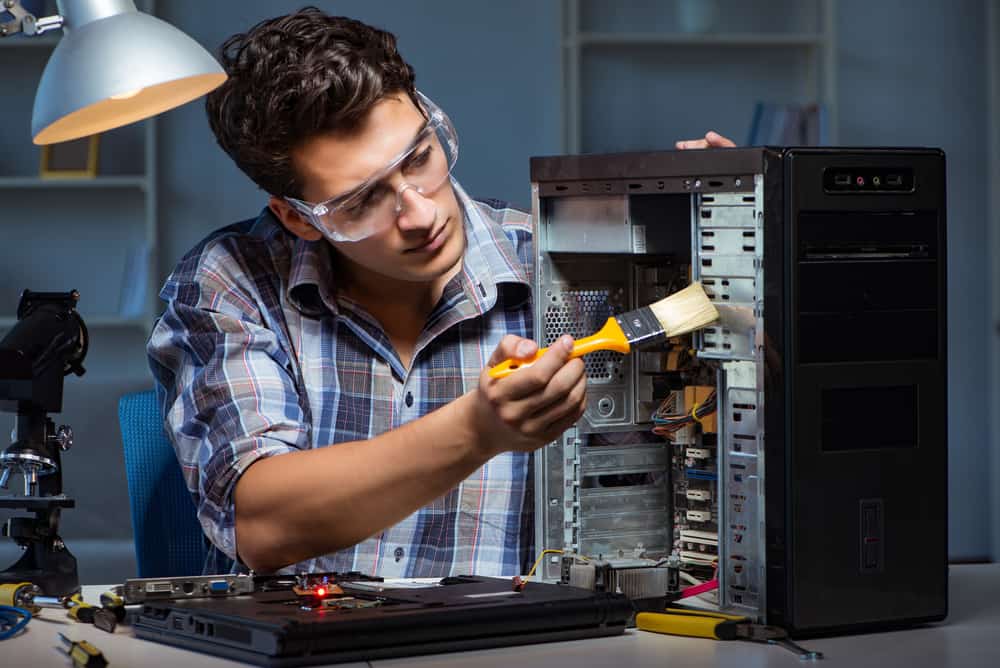
You’ve probably heard that regularly cleaning your PC is necessary because it lets the system run more smoothly and prevents overheating.
If you’re like most people, you’ve been putting it off forever.
After you finally manage to get rid of all the dust, you promise never to let that much dust pile up.
How long will it be before you should bring your cleaning supplies out again?
In this piece, we’ll answer that question and many more about cleaning your PC and its peripherals.
We’ll also give you a few useful tips to prevent dust buildup and control dust around your PC.
How Often Should I Clean My PC?

Generally, you should clean the dust inside your case every three to six months and dust the surfaces every week.
However, if your PC is on the ground, near a window, or in a closet, it’s more prone to dust buildup, so you should clean it every two months.
Pet dander and hair also tend to accumulate on parts quickly.
Clean your PC at least every two months if you have hairy pets like cats or dogs.
Finally, if you live in a hot, dry area, you should be more careful about dust buildup to help prevent damage to your components.
Why Should I Clean My PC?

A clean computer is a happy computer.
Many people fail to clean inside and outside their PCs because they don’t know why it’s necessary, or maybe they’re lazy about it.
Removing dust and debris has substantial benefits for your computer.
Here are some of the major ones:
1. Improve Performance
Something as simple as cleaning can dramatically improve the performance of your device.
A clean PC will run more smoothly and work faster.
If dust and debris clog your system, your components will likely malfunction.
Also, dust inhibits the cooling process, forcing your fans to work harder and shortening your device’s lifespan.
Regular cleaning is a small investment to protect your hardware and data.
2. Avoid Overheating
Dust and pet hair act as insulators.
If they build up on your filters and fans, they essentially act as a blanket and cause overheating.
They may also get stuck in your fan bearings and make it harder for the fans to spin, which contributes to overheating.
Overheating can crash your computer and potentially cause data loss.
It also shortens your PC’s life span, costing you hundreds of dollars in repairs and replacement parts.
Clean your case every few months and keep it well-ventilated to avoid unnecessary headaches.
3. Protect Your Health
Many invisible germs and bacteria accumulate inside and on the surface of your computer.
As your cooling system works, these germs circulate in the air surrounding your system and end up on your mouse and keyboard.
Once that happens, it’s easy to ingest those germs without realizing it, especially if you have a habit of eating at your computer.
The best way to avoid this problem is to clean off your PC regularly and lower the chance of getting sick.
How To Clean Your PC

Proper cleaning will keep your PC dust-free longer and improve its longevity.
In this section, we’ll cover how to clean the internal parts of your PC.
We’ll discuss the peripherals in a separate section.
1. Preparation

Before you can start cleaning your PC, you need to get your tools and supplies in order.
Otherwise, you’ll waste time and may make mistakes.
- Gather your tools. You will need a can of compressed air or a piece of lint-free cloth, a brush, toothbrush, screwdriver, some cotton swabs, and some rubbing alcohol.
- Turn off the PC. Unplug the power cable from the rear and give the PC some time to cool down.
- Disconnect all the cables and peripherals. Make sure you know where each cable goes to avoid mistakes when reconnecting the cables. You can also take a picture of the back panel before removing the cables.
- Press the power button multiple times. This way, you ensure no static electricity is lingering in the components.
- Remove the side panels of your case. If the front panel is detachable, remove that panel, too.
Note: Always keep your case near an open window or door to get fresh air while cleaning.
Alternatively, move the case outside before removing the panels.
2. Getting Rid Of Dust

If you’re not tech-savvy, it’s enough to simply remove the dust from your case.
You don’t have to clean the individual components.
Use a lint-free cloth or can of compressed air to clean the dust from any dust filters and any obvious deposits in the base of the case.
Don’t blow the compressed air too close to the components as it may damage them.
Also, make sure your fans don’t spin while pushing air into the case.
That’s because the dust in the air can penetrate the fan bearings and ruin the fluid that allows the fans to spin.
Dip a toothbrush into rubbing alcohol and clean the fan blades gently.
After you have finished cleaning, put the parts back together again if you don’t plan on cleaning the components.
Otherwise, keep reading the next section.
Warning: Always wear a mask when opening your PC.
You don’t want the fine grains of dust to get into your lungs as they can cause irritation and allergic reactions.
3. Cleaning The Components

If you want to go all the way, it’s time to clean your CPU, graphics card, and power supply unit.
Warning: The previous step is sufficient if you don’t have the expertise.
Don’t take out the components on your own.
Instead, ask a technician to clean them for you.
A. CPU
It’s not necessary to clean the CPU itself, but you should clean the cooler and sockets.
This step doesn’t require removing the CPU from the case.
- First, disconnect the cooler from the motherboard and take it out.
- Blow compressed air to clean the dust from the heatsink.
- Use a brush to remove the remaining dust from the fan and around the sockets.
- Use some rubbing alcohol and a piece of lint-free cloth to remove the old thermal paste on your CPU.
- Apply a dot of new thermal paste. Remember that less is more when it comes to using thermal paste.
- Put the cooler back on and tighten the screws.
B. Graphics Card
- Take the graphics card out of your case to clean it thoroughly.
- Use compressed air and a brush gently to remove the dust. Make sure the fans don’t spin to avoid dust entering their bearings.
- Don’t shake the can. Hold the can upright so that none of the liquid air can escape.
C. Power Supply Unit (PSU)
Restricted airflow in the PSU causes overheating, potentially damaging some of the capacitors that already run very hot.
Use a screwdriver to remove the screws that connect the PSU to your PC.
The power supply has an intake and an exhaust: the fan is the intake, and the mesh grille is the exhaust.
You need to clean both of these parts.
Start cleaning with the intake.
First, stop the fan from moving and then use the compressed air to blow dirt off this part.
Blow into the fan until you’re sure all the dust has been removed, and repeat this process for the mesh grille.
Now that deep cleaning is done, put all the parts back together again.
Your PC is clean and ready to work at full performance.
How To Clean The Peripherals

Cleaning the peripherals is much easier than the internal components, but you’ll need a few more tools.
In addition to the mentioned tools, you’ll need a microfiber cloth, screen wipes, and either rubbing alcohol or distilled water.
1. Keyboard
To clean the keyboard, you need a piece of cloth, some cotton swabs of rubbing alcohol, and a can of compressed air.
First, hold the keyboard upside down and blow out all the dust debris with compressed air.
Then dip the cloth in rubbing alcohol and rub the keyboard.
Gently clean both the keys and the spaces between them.
You can clean out all the dust, hairs, oils, and crumbs in the grooves if you have a mechanical keyboard.
Remove the keycaps and clean the surface under them with a cotton swab dipped in alcohol.
Before removing the keys, don’t forget where the keys go.
It’s best to take a picture of the keyboard first.
Membrane keycaps are harder to take out, depending on the design.
Any liquid inside the cracks of the keys could damage your keyboard, so clean it carefully.
2. Monitor
When cleaning the monitor, use a microfiber cloth to ensure you don’t accidentally scratch the display.
Make sure the monitor is turned off and unplugged for safety reasons.
The monitor may have some clumps of dirt that won’t come off easily, so you also need rubbing alcohol or distilled water to clean it.
Start by gently wiping dust in vertical or horizontal swipes with a microfiber cloth.
If you come across clumps that won’t come off, don’t apply force as this can damage your display.
Keep your spray far away from the monitor, especially the edges, as any liquid can damage electronic devices.
Also, never clean the monitor with harsh household cleaners like bleach or glass cleaners.
3. Headphones
Headphones are one of the sources of spreading germs and bacteria.
That’s why you should clean them more frequently.
If your headphones are plastic, moisten a cloth with warm water and clean the earpieces.
You can also place bags over your headphones to prevent dust buildup.
4. Printer
Cleaning outside of the printer is easy.
Just take a soft cloth and give it a light dusting every once in a while.
Wipe the case and all the buttons or knobs on the printer.
To clean the internals, use a brush and remove the remaining dust.
As mentioned before, do not spray any liquid directly on your printer.
5. Scanner
Spray a cleaning liquid onto a cotton cloth and wipe it on the scanner’s surface until it becomes clean.
Don’t spray any liquid directly on the scanner components, like the printer.
Safety Tips When Cleaning Your PC

Working with electronics always carries a degree of risk.
Thankfully, you can reduce that risk by taking the right safety precautions.
In addition to unplugging the case, follow these tips to ensure you don’t harm yourself.
- Don’t use paper towels to clean your dirty PC because they leave particles on the surface of it.
- Never use a vacuum cleaner or a feather duster. These tools can generate excessive static electricity, which may fry your PC’s internal components once you turn it on. A can of compressed air is a safer choice for cleaning.
- Avoid working on a carpet or a styrofoam mat, as they generate more static electricity.
- Wear an anti-static wristband to protect your PC from the static electricity that your body may generate. If you don’t have one, touch the PSU housing or metal casing before touching other components.
- Clean your PC in an open area, as there’s often too much dust inside it. Besides, cover your mouth and nose with a dust mask.
- Never clean fans while they’re spinning, as this motion generates electricity and could damage other components. It also
How To Prevent Dust Build-up

No matter how clean your PC may be, it’s probably still dusty.
It’s a common problem that everyone has to deal with.
Therefore, it makes sense to control the amount of dust surrounding your PC.
Here are a few tips to help you prevent dust buildup in your computer:
1. Install An Air Filter
An air filter in your room prevents dust from ending up in your computer.
You can put it in any corner of the room, but it’s best to have it near the PC tower.
It draws in the particles floating in the air and collects pet hair that may be around your PC.
This is a fairly inexpensive solution that could yield substantial results.
Plus, you get to breathe cleaner air.
2. Choose A Good Place To Put Your PC
Choosing the right place for your PC case is extremely important because you could unintentionally cause it to collect more dust.
Consider these tips when deciding where to put your case:
- Don’t leave your computer on the floor. Dust tends to stick to the ground. When you put your PC on the ground, it’ll suck in more dust. The closer it is to the ground, the more dust it’ll collect. Instead, place it on a desk.
- Move your computer off your carpet. Carpet is the worst place you can put your PC because it attracts a lot of dirt and dust.
- Leave enough space around your computer. A big step to preventing dust buildup is providing good airflow inside your PC. Having a well-ventilated environment helps fans to work properly and prevents overheating.
- Keep your computer away from doors and windows. Putting your PC near doors and windows can potentially make it dustier. Surely, a computer room needs a window to have a better airflow, but getting too close to the window causes more problems.
- Don’t put your case inside a closet. Closets and cramped spaces tend to collect more dust, which will end up in your case. Plus, you won’t have proper ventilation. Your fans will have to work harder, meaning they’ll draw in more dust.
3. Clean Your Room Often
Clean your computer room regularly.
Having a routine to vacuum the floor, dust, and wipe your shelves could help to keep your computer and also your room clean.
Avoid eating or drinking near your computer.
Small crumbs and spills will accumulate over time, make a big mess, and may harm the PC.
4. Keep An Eye On Your Pets
Protect your PC from your pets.
Pet dander is a major contributor to dust accumulation.
If possible, put your PC in a room where your pets don’t go, especially if you have a dog or cat breed that sheds excessively.
If you can restrict your pet’s access, clean your room and PC more frequently.
Note: These tips can minimize but not eliminate dust from accumulating.
No matter how religiously you follow these tips, some amount of dust will build up inside your computer.
Rather than worry about dust buildup, set a schedule for cleaning your PC and its surroundings.
NEXT: Will Upgrading To Windows 10 Improve Performance? (5 Reasons It Can)